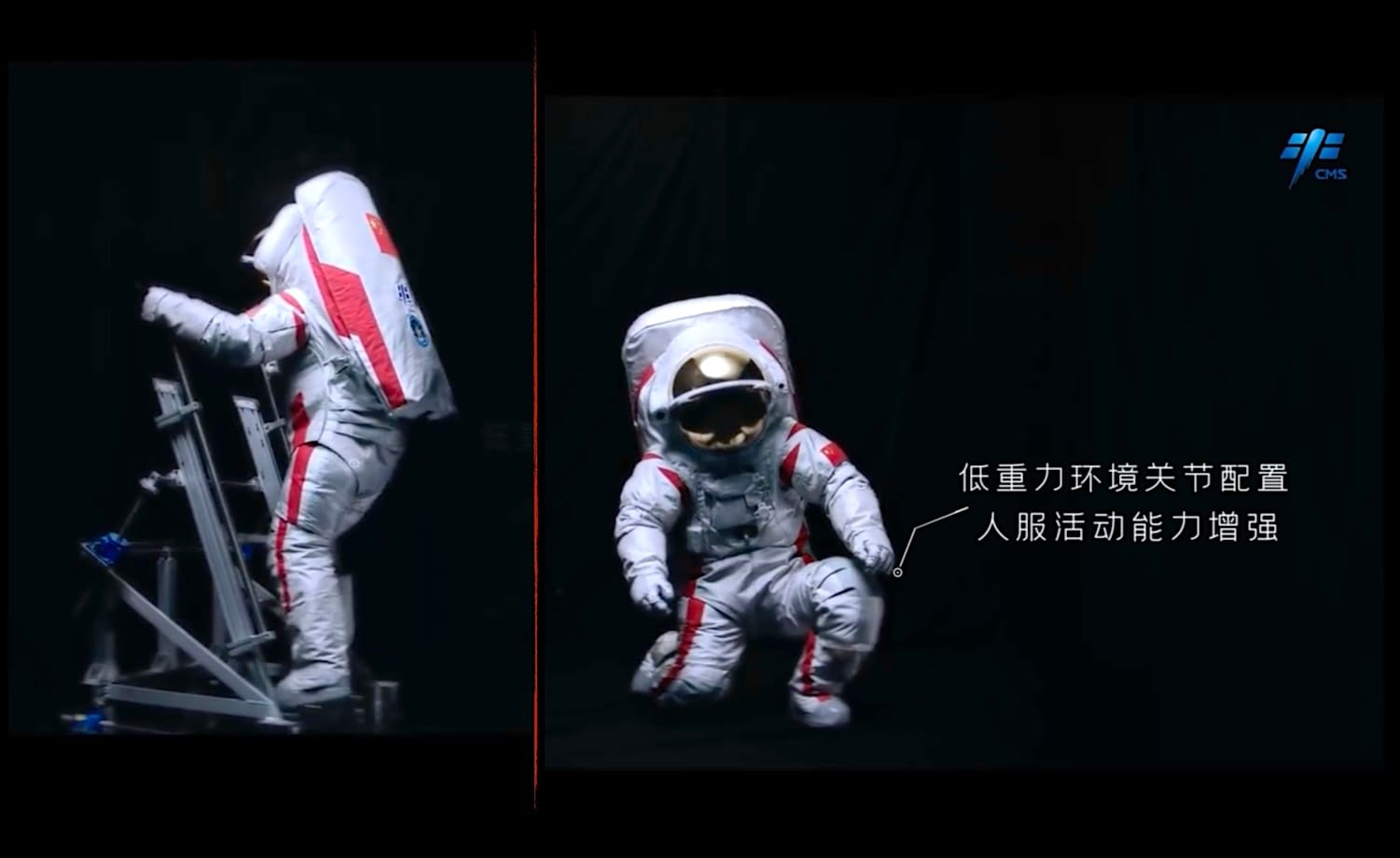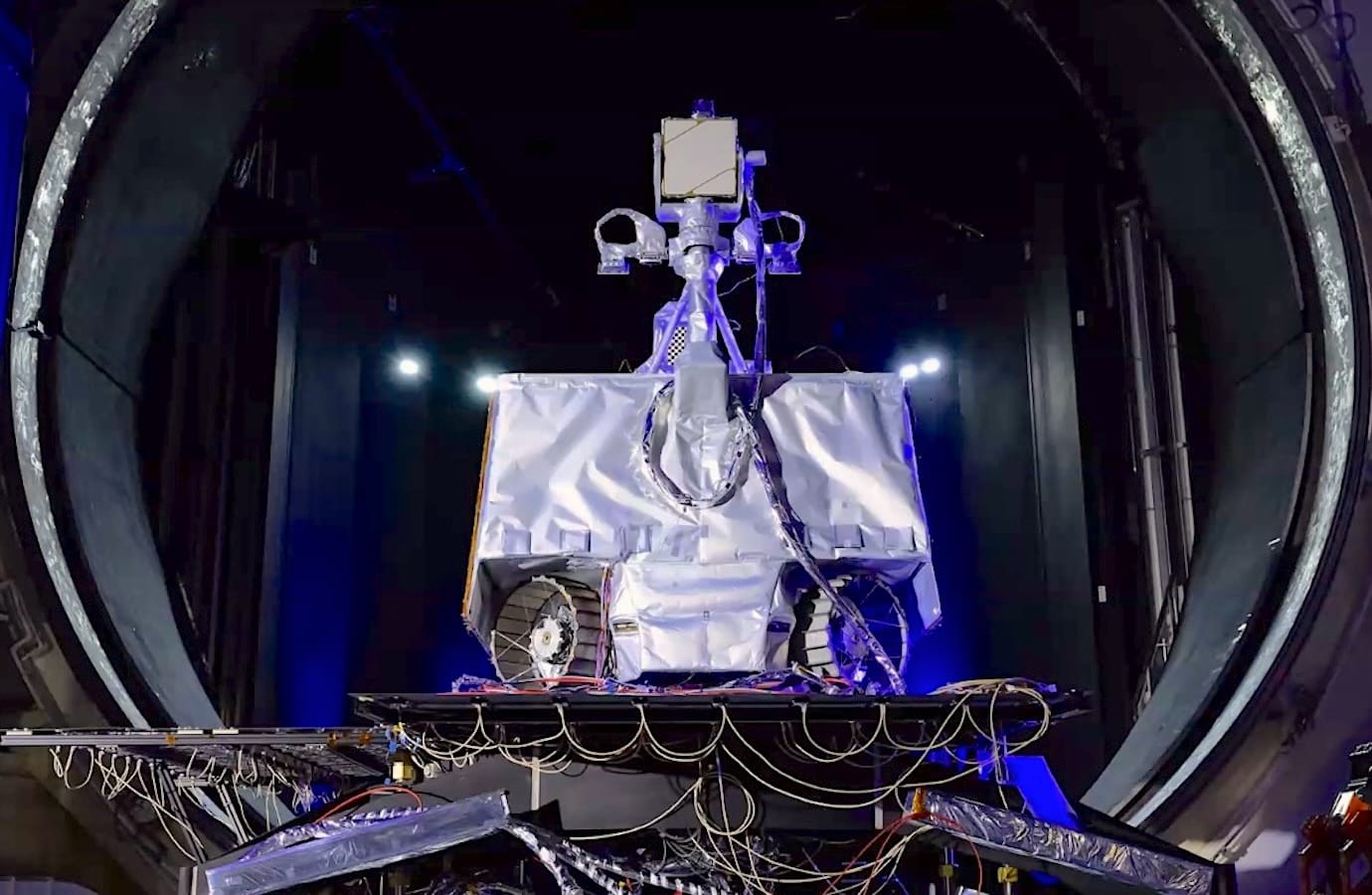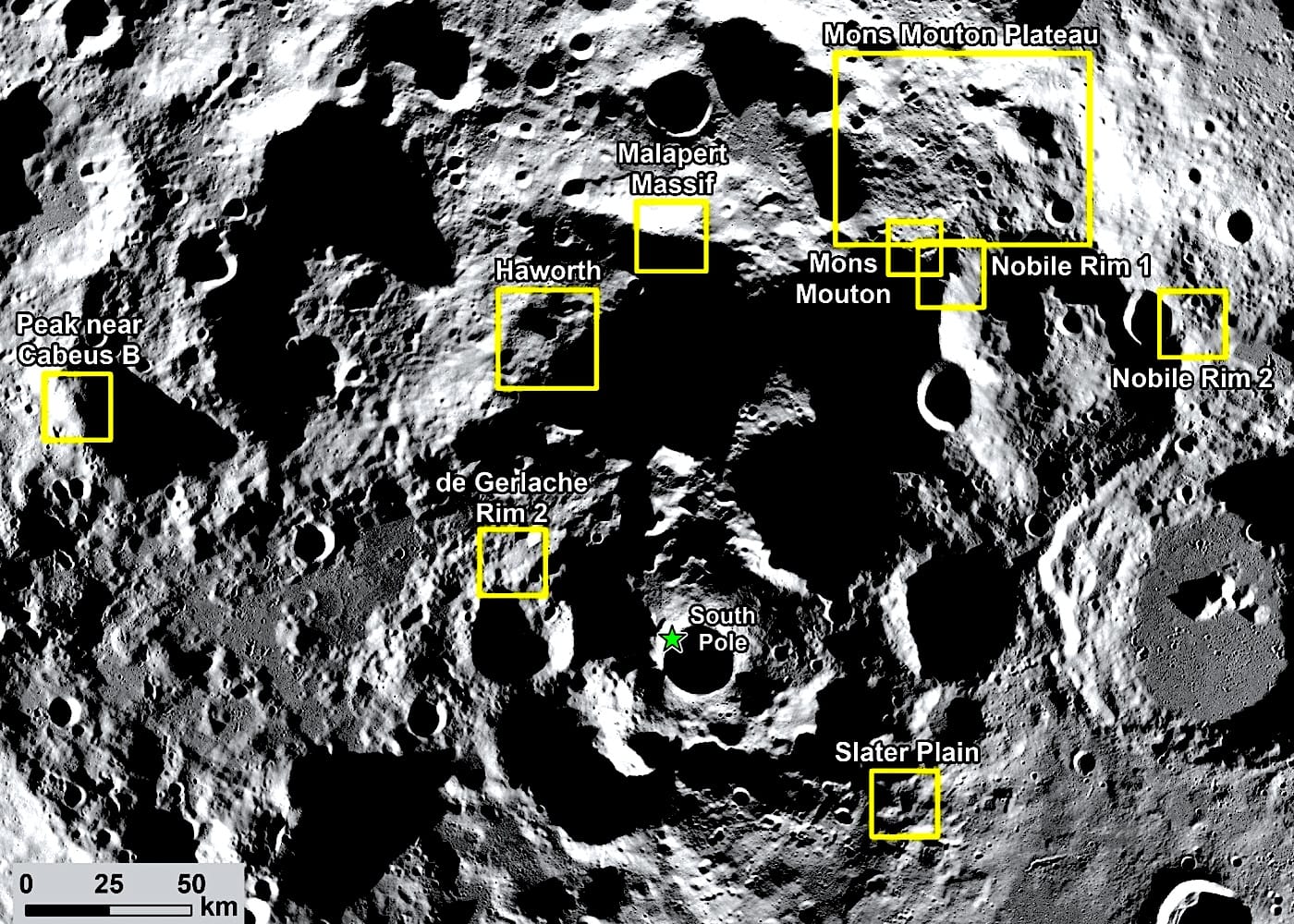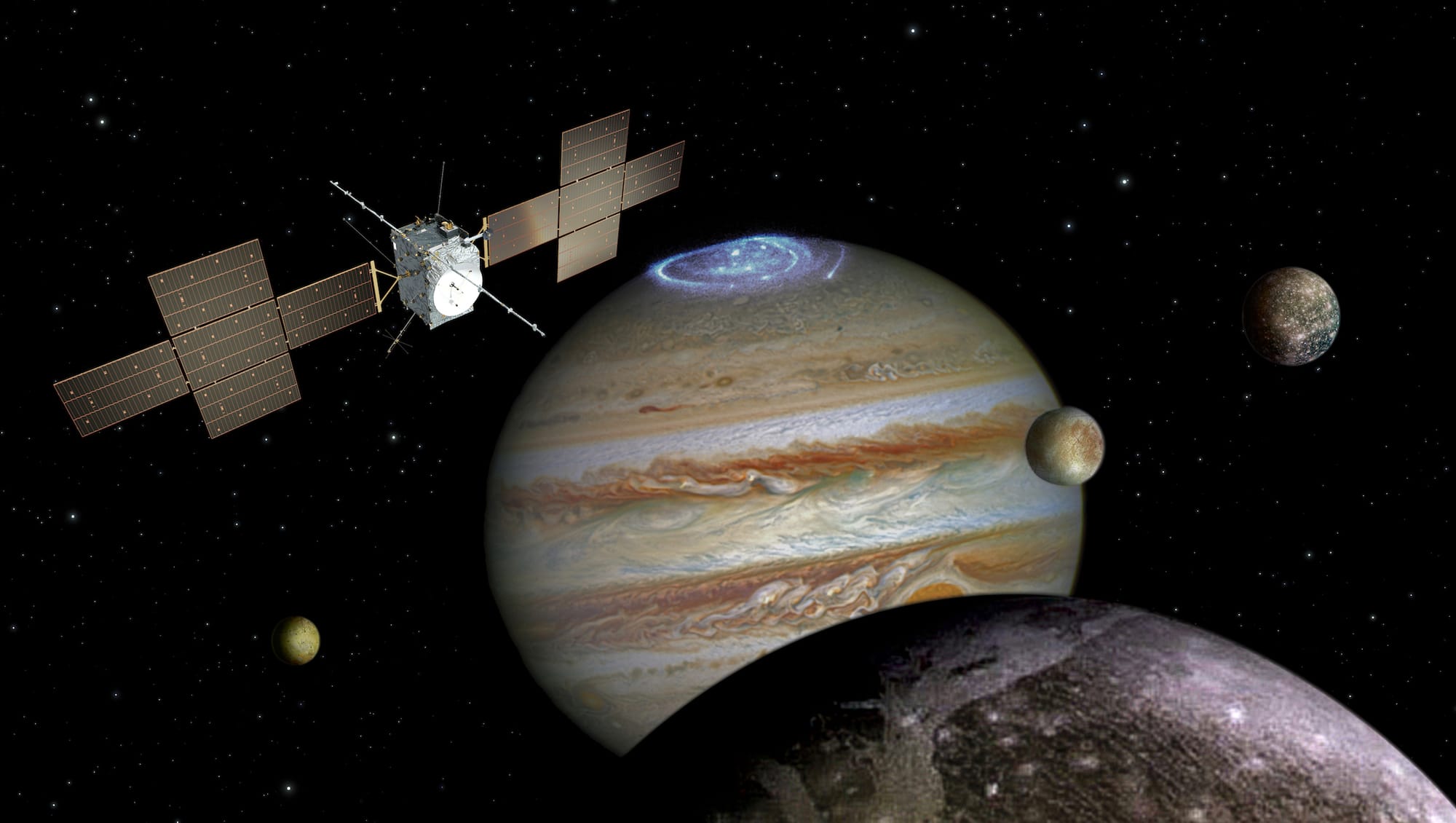Moon Monday #200: Thank you, a crewed Chinese rover, Artemis updates, and more
Welcome to the 200th edition of my Moon Monday blog+newsletter! 🚀🌗
I’d like to take this moment to highlight four things working on Moon Monday has enabled:
- An extensive 4-year archive of curated and contextualized global lunar exploration developments, with embedded links to everything. All editions are completely free to access, with no ads.
- Moon Monday now has more than 8200 subscribers worldwide, majority of which are planetary scientists and engineers, personnel at national space agencies, executives at space companies, and fellow writers & journalists. Many have become friends, including some people I’ve long admired.
- Moon Monday has sustained independent writing with support from several organizations and dozens of individuals, enabled by a transparently run sponsorships program whose terms are public and in the inboxes of thousands of subscribers.
- Moon Monday and the great leveler that is independent web publishing have led me to places I never thought I’d be at:
- Delivered an invited talk at ESA, ESTEC in Netherlands.
- Got quoted in a Nature Editorial.
- Moon Monday is featured as a resource on space community websites of Lunar-L, NextGen, Centauri Dreams, and more.
- Delivered the “Early Career Featured Presentation” at the NASA-backed LEAG’s 2023 annual meet.
- I’ll be speaking at the Galaxy Forum in China this December about India’s collaborative crewed lunar exploration plans.
It’s truly gratifying to be able to write Moon Monday as the world’s only such resource and serve space communities worldwide. Thank you so much to every single one of you who reads my labor of lunar love, to those who have provided feedback and shared editions, and to all supporters in every form. 💛
If you’d like to help sustain and flourish my flagship writing, kindly sponsor Moon Monday as an organization or individual. 🌙
To our Moon,
– Jatan
China roves forward on crewed Moon landing plans

On October 29, the China Manned Space Engineering Office (CMSEO) announced the selection of two competing proposals from CAST and SAST respectively to develop prototypes of a crewed lunar rover for the country’s ambitious first human Moon landing mission end of decade.
Lin Xiqiang, a spokesperson for the China Manned Space Agency (CMSA), added via the parent organization CASC’s release that China’s fourth batch of astronauts—10 unspecified people selected in June—will also train for crewed lunar missions other than for stays at China’s Earth-orbiting Tiangong space station. The training will include conducting geological surveys and mock missions using prototypes and variants of China’s recently unveiled lunar spacesuits. Geology training is a useful skill to inspect samples on the Moon and to help scientists in mission operations identify ones to bring to Earth for detailed studies. Xiqiang also noted the following regarding progress towards China’s first crewed Moon landing:
In addition, the overall plan for pre-launch flight tests as well as the scientific research objectives and payloads for the first manned lunar mission has been basically finalized. Ground systems including the launch site, telemetry and control communications, and the landing site are being developed and constructed.

Coming back to the crewed rover for the mission, it was in May 2023 that CMSA solicited industry proposals for it. The requirements are that two astronauts should be able to drive the rover up to 10 kilometers on the Moon from their landed site. That’s more than the range of the Lunar Roving Vehicle (LRV) driven by Apollo astronauts. Albeit it does fall short of the 20-kilometer peak the upcoming US Artemis Lunar Terrain Vehicle (LTV) should be capable of. Unlike the LTV, which will be a single rover used across multiple Artemis missions, it seems that China will send a crewed rover on each landing mission like Apollo did.
During China’s first crewed Moon mission, the astronauts might drive relatively shorter distances since the current plan is for them to return to lunar orbit after spending six hours to a few days on the surface. But after a safe technology demonstration, future missions with refined rover capabilities will explore more of the Moon’s south pole, the region where China plans to have a long term crew-robotic Moonbase called the International Lunar Research Station (ILRS).
Artemis updates

- NASA’s VIPER rover has cleared all space environmental tests required before launch, announced the mission lead Anthony Colaprete at the 2024 annual meeting of the NASA-backed Lunar Exploration Analysis Group (LEAG). But the rover, intended to directly study water ice at the Moon’s south pole, is still not launching as originally planned as there’s an ongoing scramble to save VIPER from getting canceled against budgetary challenges.
- Marcia Smith reports that following two independent investigations, NASA has identified the root cause of the unexpected damage to the Orion spacecraft’s heat shield when it was piercing through Earth’s atmosphere during 2022’s Artemis I uncrewed Moon mission. NASA says it will not share the findings publicly until they decide on the corrective adjustments to be done for Artemis II, which aims to fly four astronauts around the Moon and back mid-decade.

- After originally announcing 13 candidate landing zones in August 2022 for the upcoming Artemis III crewed Moon landing mission, NASA has since solicited community input—including that from the Artemis III Geology Team—to now filter the landing regions to a set of nine. This refinement is based on a continuing balance of engineering constraints from multiple technological elements of Artemis as well as baseline considerations for meeting the mission’s scientific objectives.
- Complementing the extensive document NASA published in 2021 to standardize preparation and testing of Moonbound hardware against the notoriously sticky lunar dust, the agency has now released an updated lunar soil simulants guide following its previous version from 2010. The aim was to summarize the fidelity—and thus effectives—of lunar soil simulants available in the US, which will help people adequately select and prepare simulants to test their Moonbound hardware on. The guide also builds on the 2022 report from JHU-APL which similarly summarizes properties of various US simulants.
Also see: How engineers test Moon landers on Earth
Many thanks to Off Planet Research, Arun Raghavan and Gordon Roesler for sponsoring this week’s Moon Monday! If you too appreciate my efforts to bring you this curated community resource, support my independent writing.
A Jupiter update?

Just like how Earth observation satellites image the Moon to calibrate the performance of their imagers, spacecraft on their way to explore other Solar System objects do so too at times. Most recently, when ESA’s Jupiter-bound JUICE spacecraft flew past our Moon in mid-August, the mission operations team activated JUICE’s radar system to characterize and calibrate its detections against a well known airless object—🌝—before it can study the Jovian icy moons. Lorenzo Bruzzone, principal investigator of JUICE’s radar instrument, said:
The measurements collected will also allow us to tune the processing algorithms to reduce the effects of radio frequency interference generated by the probe’s subsystems in the radar band.
When NASA’s Cassini spacecraft flew by the Moon in 1999, en route to Saturn, its infrared spectrometer detected water-bearing minerals at most lunar latitudes, with higher concentrations towards the poles. However, the team didn’t publish their findings until Chandrayaan 1 discovered water on the Moon a decade later.
More Moon
- ISRO has formally started terrestrial testing of what living on the Moon and Mars could be like for astronauts via baseline analog missions in dry, mountainous Ladakh.
- Look up to our Moon, and you’ll see giant craters, dark volcanic plains, and bright rocky highlands. Notice though how filling many of the gaps between them are smooth, bright, low lying areas. These are called “lunar light plains”. Remote sensing measurements from lunar orbit suggest that they have distinct soil characteristics. A bunch of scientists decided to more thoroughly map these features and revealed that 13% of our Moon is covered in lunar light plains, more than previously thought, and that most of them formed from ejecta deposited by large impacts. Relatedly, Purdue University is hiring a postdoc to discern how distal ejecta from impacts shape the Moon’s surface.
- Interlune, one of the several lunar water startups, is hiring a planetary scientist with expertise in lunar regolith and soil simulants to provide input in developing efficient resource extraction and excavation technologies. The company, founded over three years ago by several former Blue Origin employees, recently raised $15.6 million to that end.
